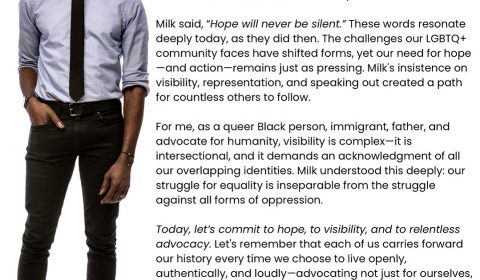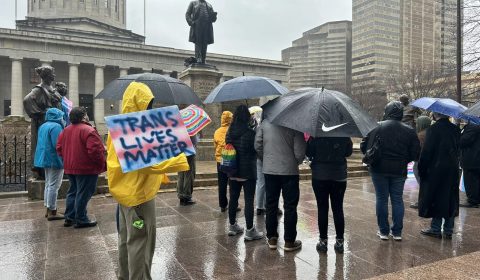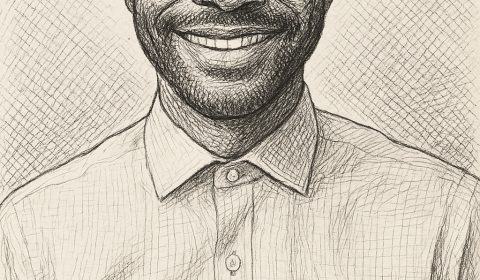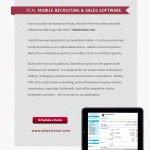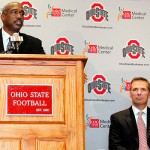The recent announcements of layoffs and restructuring at major LGBTQ+ advocacy organizations like The Trevor Project, GLSEN, and the Human Rights Campaign (HRC) will mark a profound shift in the landscape of queer activism and support. These organizations, long considered pillars of the movement, have provided critical services, shaped policies, and fought tirelessly for equality. Their realignments, however, should not just be seen as unfortunate necessity, but as an opportunity. They highlight the shifts that must happen—shifts that should have been anticipated and proactively addressed long before this point.
The LGBTQ+ movement has, in many ways, mirrored traditional political advocacy models, focusing on large-scale institutional growth, major donor fundraising, and corporate partnerships. But were we building with sustainability in mind? Did our organizations, while growing in influence and capacity, also create structures that could withstand economic shifts, donor fatigue, and changes in political climate? These are the questions we must now grapple with—not just as organizations, but as a movement.
This Is Not a Moment for Blame—But for Reflection
These cuts come at a time when LGBTQ+ rights are under relentless attack—from anti-trans legislation and book bans to the rollback of DEI initiatives in corporate and nonprofit spaces. Instead of expanding to meet these urgent challenges, we are witnessing a contraction of some of our most visible organizations.
It’s important to recognize that this moment is not solely the responsibility of current leadership. Many of the top executives at national LGBTQ+ organizations have been in their roles for only two to three years. They inherited not only the legacies of success but also the financial vulnerabilities and structural challenges that were baked into the movement’s previous growth model.
Over the last two decades, many major LGBTQ+ organizations have built funding models reliant on corporate sponsorships, institutional philanthropy, and high-net-worth donors. While these funding sources have enabled large-scale impact, they have also made organizations vulnerable to economic shifts and political backlash. The recent wave of anti-DEI sentiment has prompted some corporate funders to pull back support, and many large foundations have shifted their priorities elsewhere.
The organizations undergoing restructuring serve some of the most vulnerable members of our community. The Trevor Project provides life-saving mental health services for LGBTQ+ youth. GLSEN fights for queer-inclusive education. HRC has been a central force in political advocacy.
What We Must Learn and How We Move Forward
This moment requires deep examination and bold reimagination of how we sustain advocacy and direct services. A few urgent areas of reflection:
- Rethinking Funding Models – We must decrease the amount of dependency there is on corporate sponsorships and a small group of high-net-worth donors, focusing instead on growing grassroots contributions, membership-engaged donor support, and long-term financial planning that is rooted in community and engages with corporate partners.
- Decentralizing Power and Leadership – LGBTQ+ advocacy and service cannot be sustained by a handful of national organizations alone. We need to support stronger local infrastructure and community-driven solutions.
- While national organizations are realigning, smaller, community-based groups are often picking up with fewer resources but deeper local impact.
- Reevaluating Priorities – Are we investing resources in the most vulnerable parts of our community? Are our strategies designed to combat immediate threats while also laying the groundwork for long-term systemic change?
- Honoring Intersectionality in Our Advocacy – Black, Brown, trans, disabled, and low-income LGBTQ+ people have always been on the front lines of this movement. Are we centering their leadership and investing in their experiences in meaningful, lasting ways?
This moment should not be seen as a crisis—but an opportunity. A chance to redefine what LGBTQ+ advocacy looks like, how we organize, how we sustain ourselves, and how we build a movement that is ready for the battles ahead.
- How do we ensure LGBTQ+ advocacy is not just surviving but thriving?
- What structures need to be built to withstand political and economic shifts?
- How do we reclaim the power of community-driven activism and sustain this work for future generations?
Let’s ensure that our strategies, our funding models, and our commitment to community are informed by our movement’s roots while reflecting the movement we need today—and the one we want to sustain for tomorrow.
The work continues. But how we do that work must evolve.
Densil Porteous, is a seasoned leader and advocate for humanity. With a multifaceted background in nonprofit leadership, higher education administration, strategic communications & marketing, development/fundraising, venture capital, and social impact.


